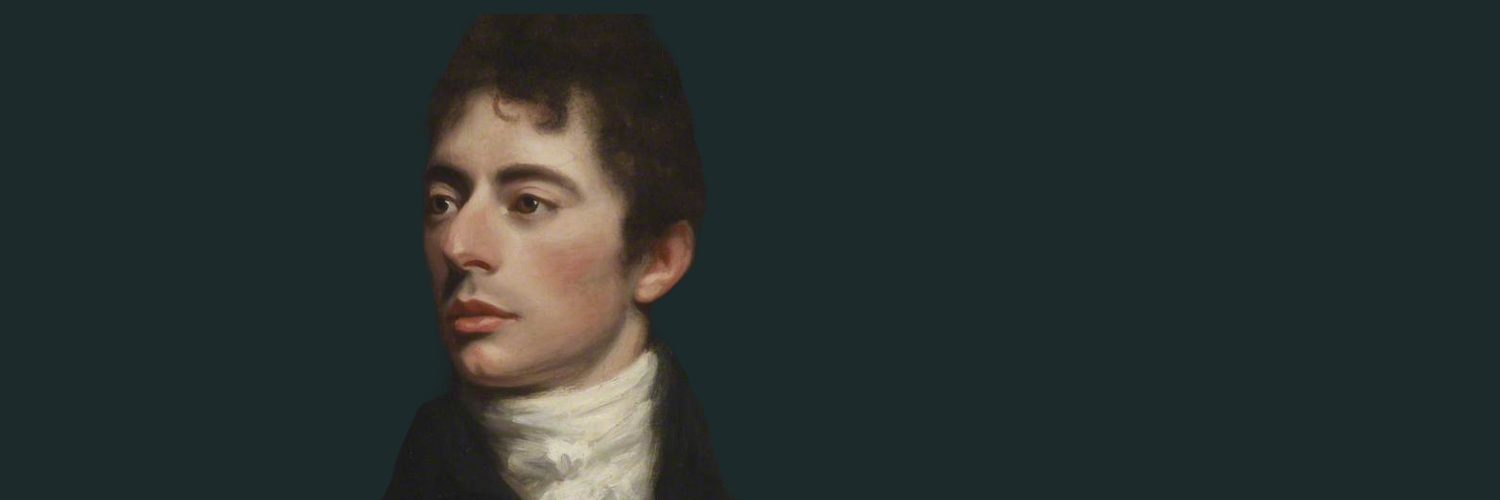Part Two is the first-ever collected edition of the surviving letters written by Southey between 1798 and 1803.
The letters published here begin with Southey writing to the Monthly Magazine in January 1798 about Spanish and Portuguese poetry, a subject of lifelong interest; and end on New Year’s Eve 1803 with him anticipating a return to Madoc, his intended transatlantic poetic magnum opus. Part Two follows the editorial conventions described in About this Edition and publishes newly transcribed, fully annotated texts, bringing together in one place correspondence scattered between 37 archives in North America and the United Kingdom. It comprises 596 letters, of which 199 are published for the first time, and 107 are published in full for the first time. In addition, 5 letters that appeared pseudonymously in the Monthly Magazine are here newly attributed to Southey.
The letters in Part Two were sent to some 40 very diverse individuals: including friends from childhood and school (Charles Danvers, Grosvenor Bedford and Charles Wynn), from university (Nicholas Lightfoot), from radical youth (Samuel Taylor Coleridge and George Dyer) and from professional life (Joseph Cottle and Daniel Stuart). The years 1798-1803 saw the emergence of important new Southeyan relationships and correspondences, notably with the statistician John Rickman, the translator William Taylor, the scientist and poet Humphry Davy, and the writer Mary Barker. Whilst some of Southey’s epistolary interactions, notably those with Bedford, Cottle and Wynn, were to be of lifelong duration, others in this period were the product of temporary expediency. For example, a letter sent in 1798 to the Liverpudlian man of letters and social campaigner William Roscoe in a vain attempt to track down the maverick, poet William Gilbert (Letter 339); and one in 1803 to the bibliographer and antiquary Joseph Haslewood on a matter connected to Southey and Joseph Cottle’s three-volume edition of Chatterton (Letter 694). Although nearly 600 letters survive, letter-fragments and references within surviving letters to ones now lost remind us of the fragile, selective nature of what has come down to us. It is clear from this edition, that some important correspondences now exist only in part, notably with Coleridge, George Dyer, Stuart and Cottle.
The six years covered by Part Two were a turbulent and crucial time for Southey. They are also a period of his career that has been relatively neglected, when he was neither the incendiary radical of his youth or the combustible Tory of his middle and old age. In 1798 Southey was a restless creature. Unsettled personally and professionally, he moved between a series of rented houses in the South West of England and London, and was torn between the conflicting options of a legal or a literary career. By the end of 1803 his life was beginning to assume, outwardly at least, a more settled appearance. He had opted decisively for a literary career and in September of that year taken up residence at Greta Hall, Keswick. His relocation, reluctant and temporary at first, proved permanent and additionally set him on the road to being a ‘Lake’ poet, a label Southey loathed.
The letters published here allow for a more accurate, detailed, and nuanced mapping of Southey’s life, works and interactions with and impact upon his contemporaries during these years than has previously been possible. The events they encompass include his reconciliation with Coleridge in 1799; his public and private responses to Lyrical Ballads (1798); his reaction to the rise of Napoleon and the continuing conflict between Britain and revolutionary France; his second and final visit to Portugal in 1800-1801, and the resultant hardening of his anti-Catholicism; his unhappy stint as a secretary to the Irish Chancellor Isaac Corry in 1801-1802; his reaction to the execution of the United Irishman Robert Emmett in 1803; and his emotional bludgeoning by the deaths in relentless succession between 1801-1803 of three Margarets, his cousin, mother and first child. His correspondence also records the increasing emergence of Southey as a literary professional. Between 1798 and 1803, he wrote for the Morning Post, Critical Review, and Monthly Magazine. His major book publications included the annotated Islamic romance Thalaba the Destroyer (1801), a new volume of Poems (1799), two volumes of the Annual Anthology (1799 and 1800), and revised versions of his 1797 verse collection, Joan of Arc and Letters Written During a Short Residence in Spain and Portugal. He edited the works of his fellow Bristolian Thomas Chatterton and translated the romance Amadis of Gaul. In addition, he completed a fifteen-book version of the revisionist transatlantic epic Madoc, produced early drafts of what became The Curse of Kehama, and embarked on a planned prose magnum opus, a ‘History of Portugal’. This rather terrifying list does not include projected but unexecuted projects such as an epic on the flood, a literary history of Portugal, a hexametrical epic on Mohammed (to be co-written with Coleridge) and numerous shorter poems sketched out in his correspondence and in his Common-Place Books. The letters published in Part Two provide crucial new information about all these projects, including early drafts of Thalaba, Madoc, gothic ballads, revisionist ‘English Eclogues’ and numerous other shorter poems. In so doing Part Two supplies fresh evidence for how Southey the ‘entire man of letters’ and one of the most prolific authors of his age came into being.
We hope that by making annotated, scholarly texts of the letters from 1798-1803 available for the first time, this edition will contribute to a richer, more complex, understanding of this crucial period for Southey and for British Romanticism as a whole.

